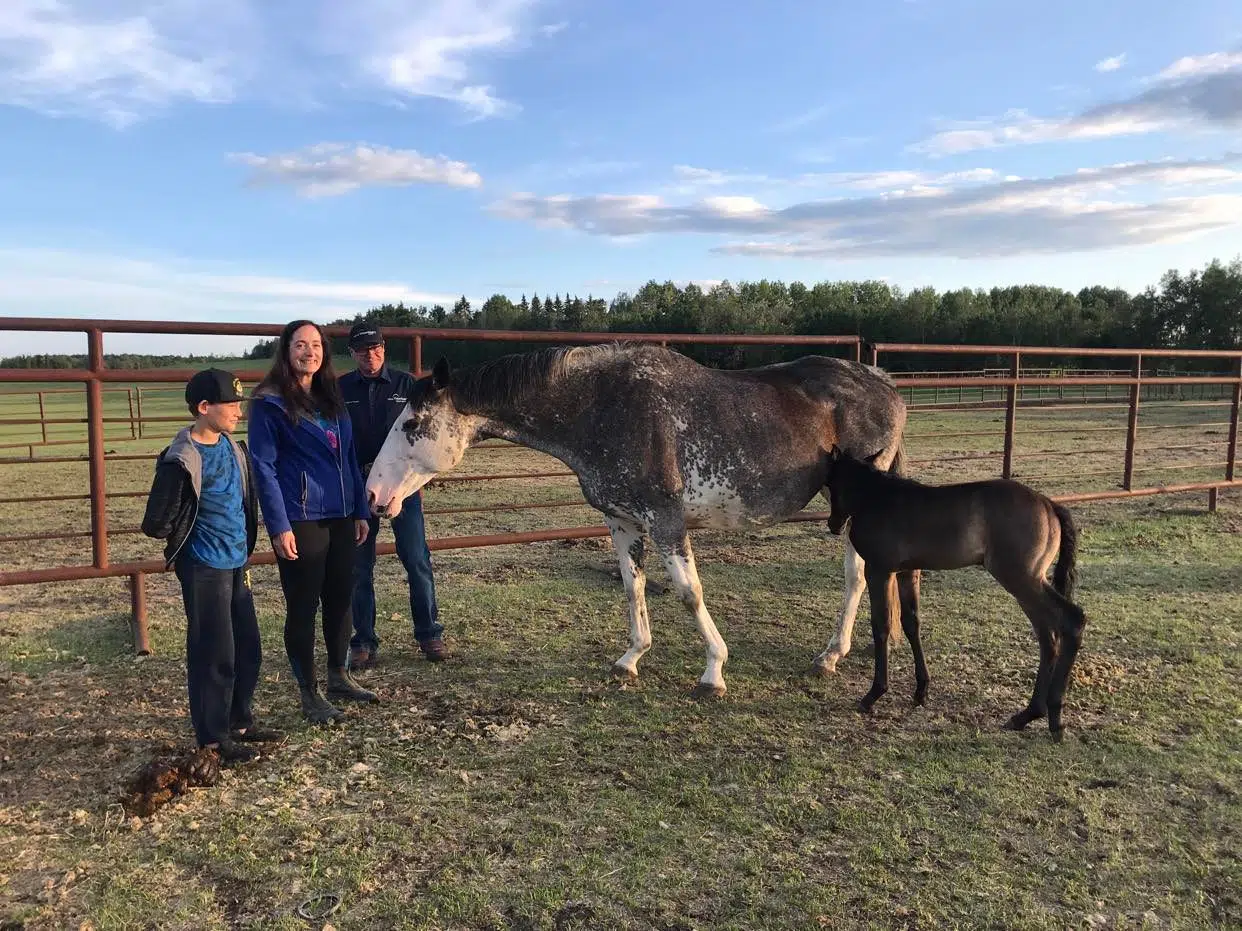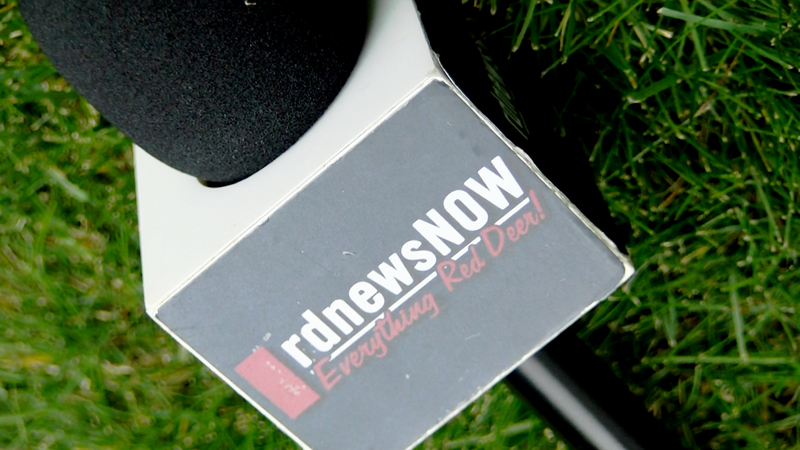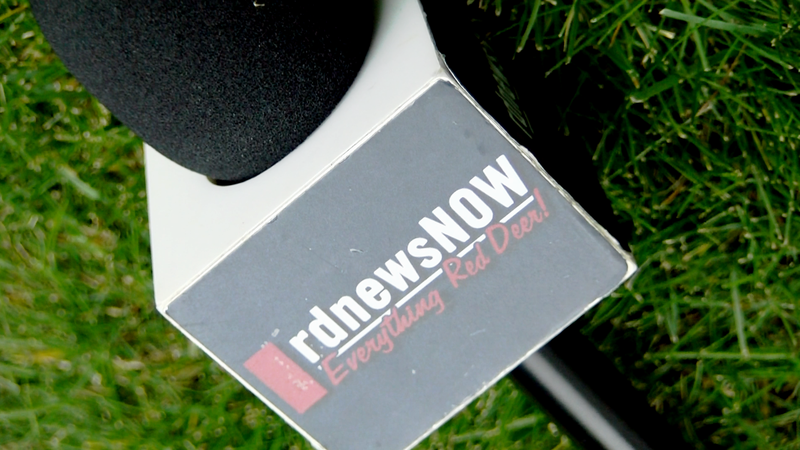
Sylvan Lake mare gives rare birth to twin stillborn babies; becomes new mother to an orphan foal
As the sun rose Sunday morning, one horse near Sylvan Lake was beginning to bring new life into the world.
However, the atmosphere swiftly became somber as not all births have happy endings.
Dr. Rick Katchuik, veterinarian at Elysian Farms, attempted to resuscitate the stillborn foal while, to everyone’s surprise, Iris commenced the birth of her second foal. The result was two stillborn twin foals.
But this story doesn’t just grow in uniqueness, it also has a happy ending when, in just a few hours, Iris becomes a nurse mare to an orphaned foal, Rath, living 230 km away, all because of a social media post.


